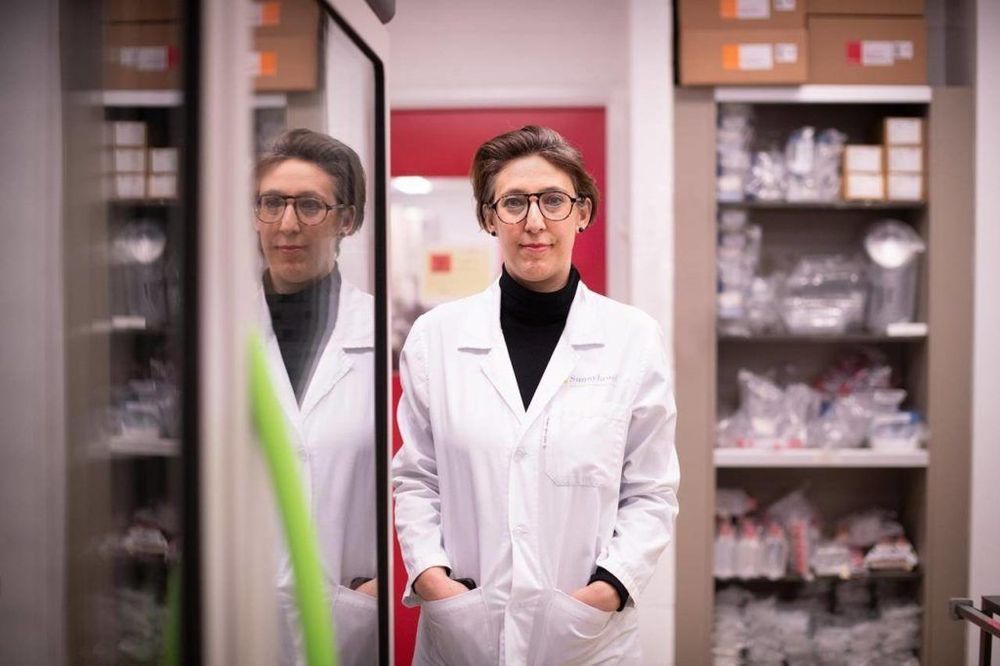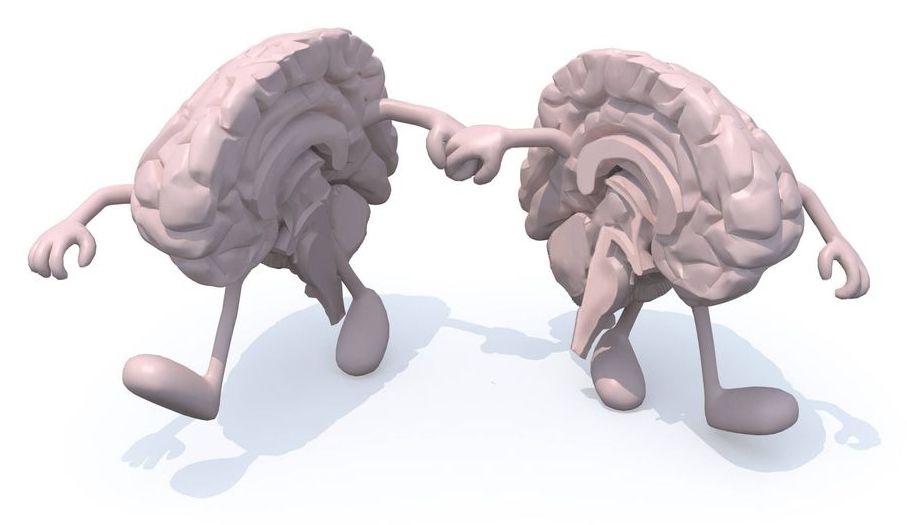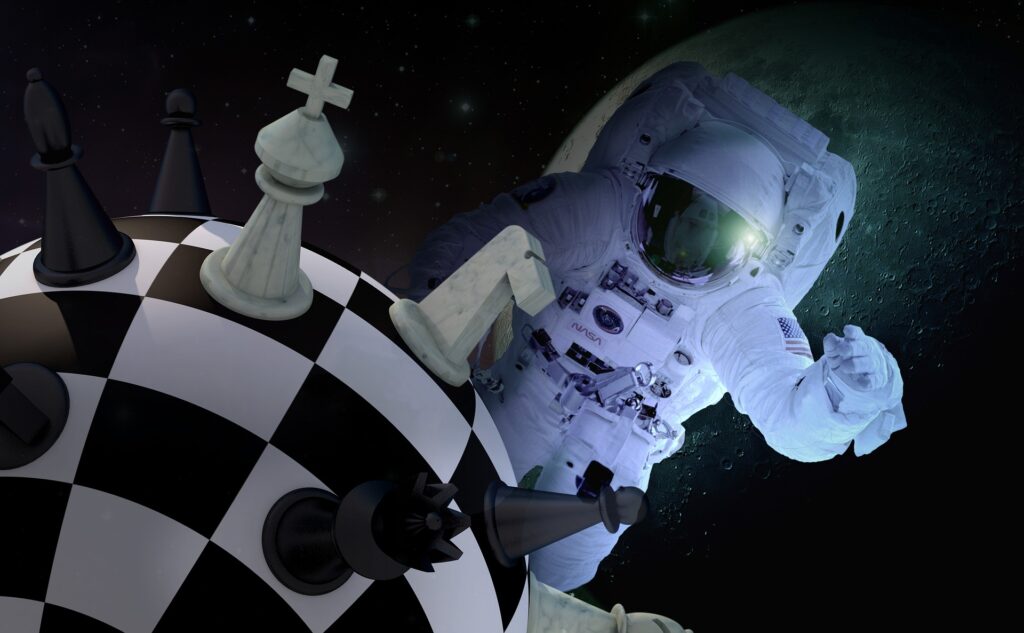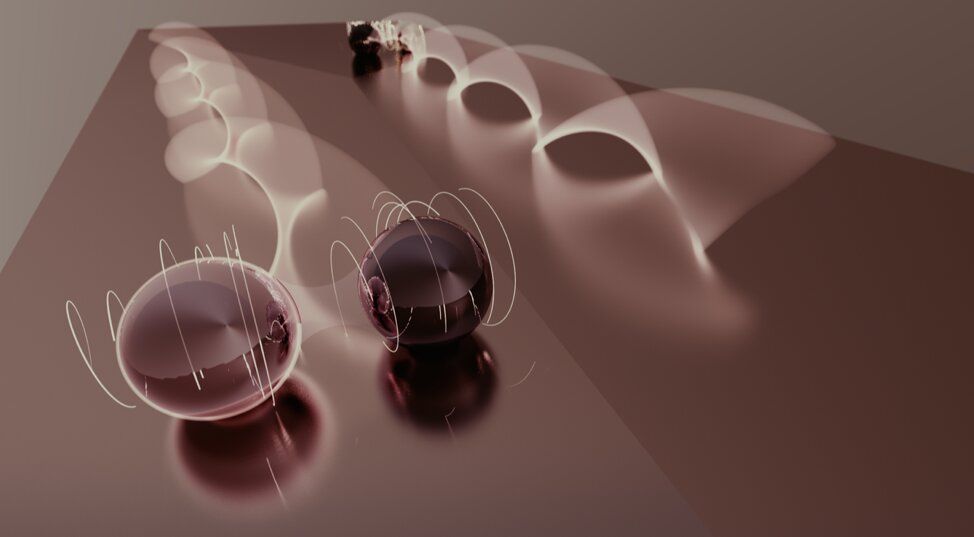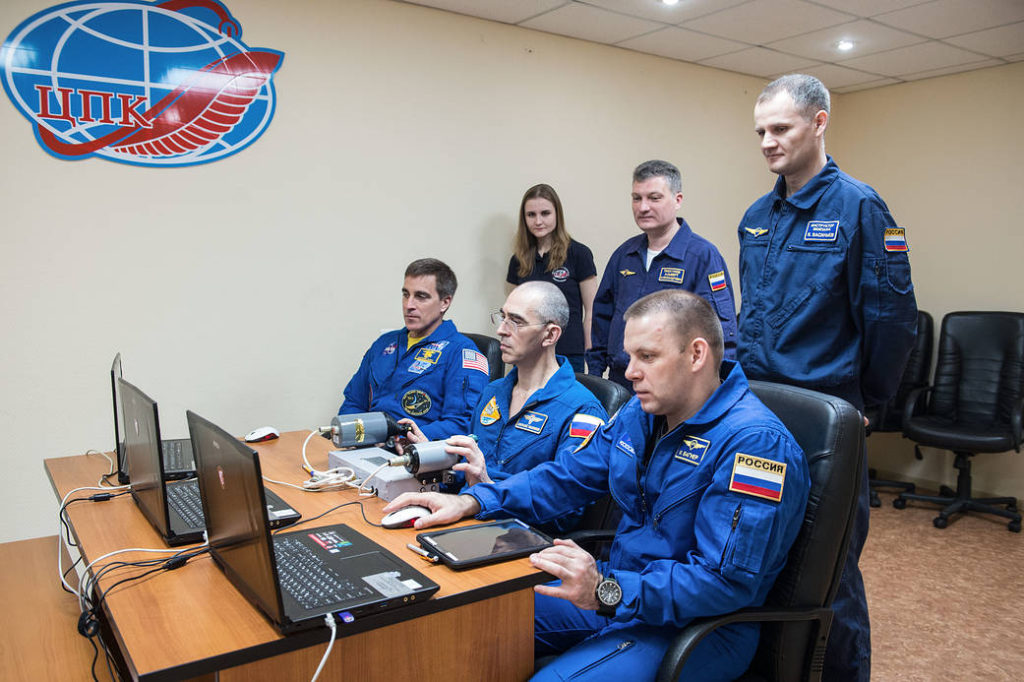Apr 4, 2020
Researchers look at humidity as a weapon in the fight against airborne viruses
Posted by Genevieve Klien in category: biotech/medical
The ongoing fight against the COVID-19 pandemic could get a boost if Canadians paid more attention to the relative humidity levels in public and private spaces, according to a growing body of international research.
Doctors, scientists and engineers agree that sufficient indoor air moisture levels can have a powerful but little-understood effect on the transmission of airborne diseases. While the novel coronavirus that causes COVID-19 is currently treated as one that’s transmitted through droplet infection rather than the air, research on exactly how it passes between humans is still underway.
Most buildings, however, fall short of the recommended threshold of 40 to 60 per cent relative humidity, particularly in countries with colder, dryer climates such as Canada.
